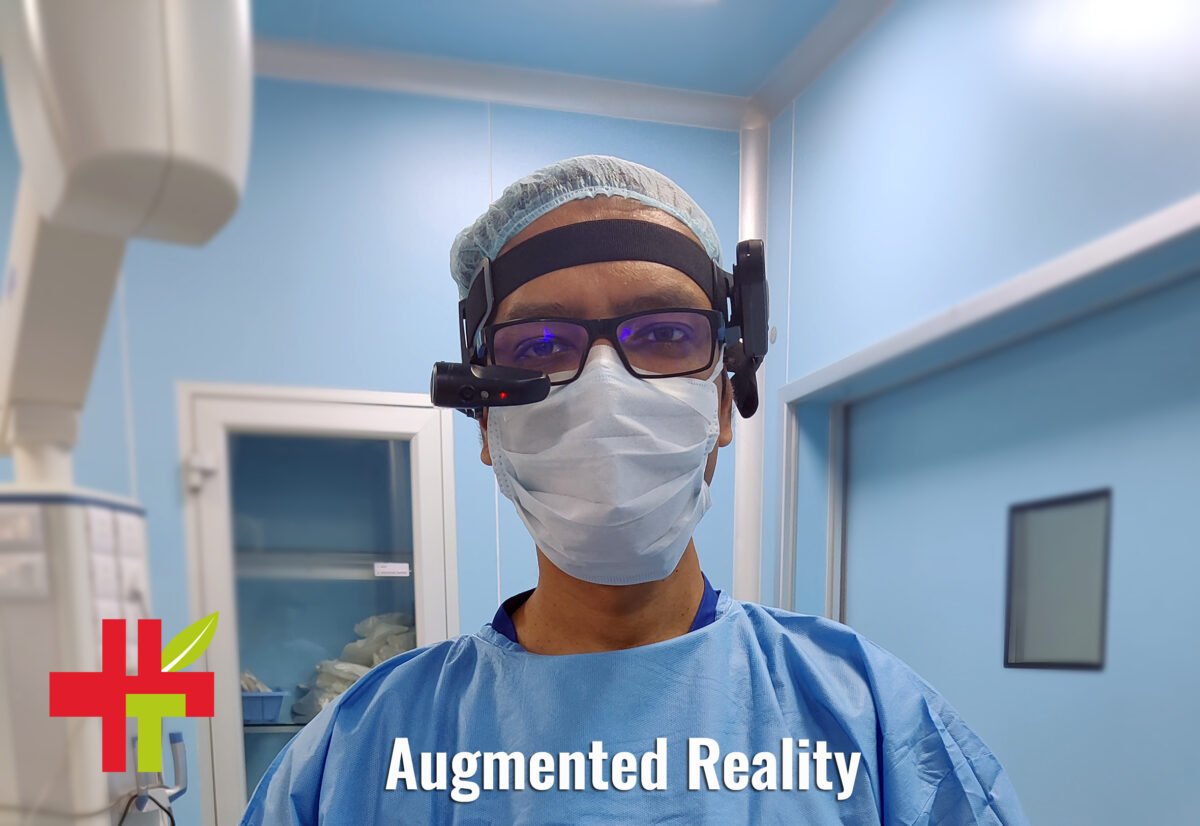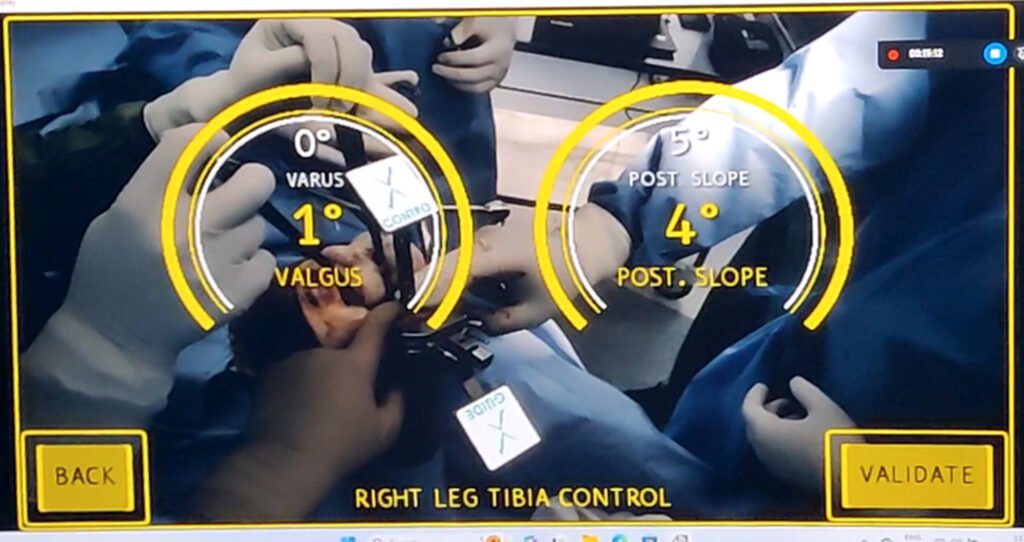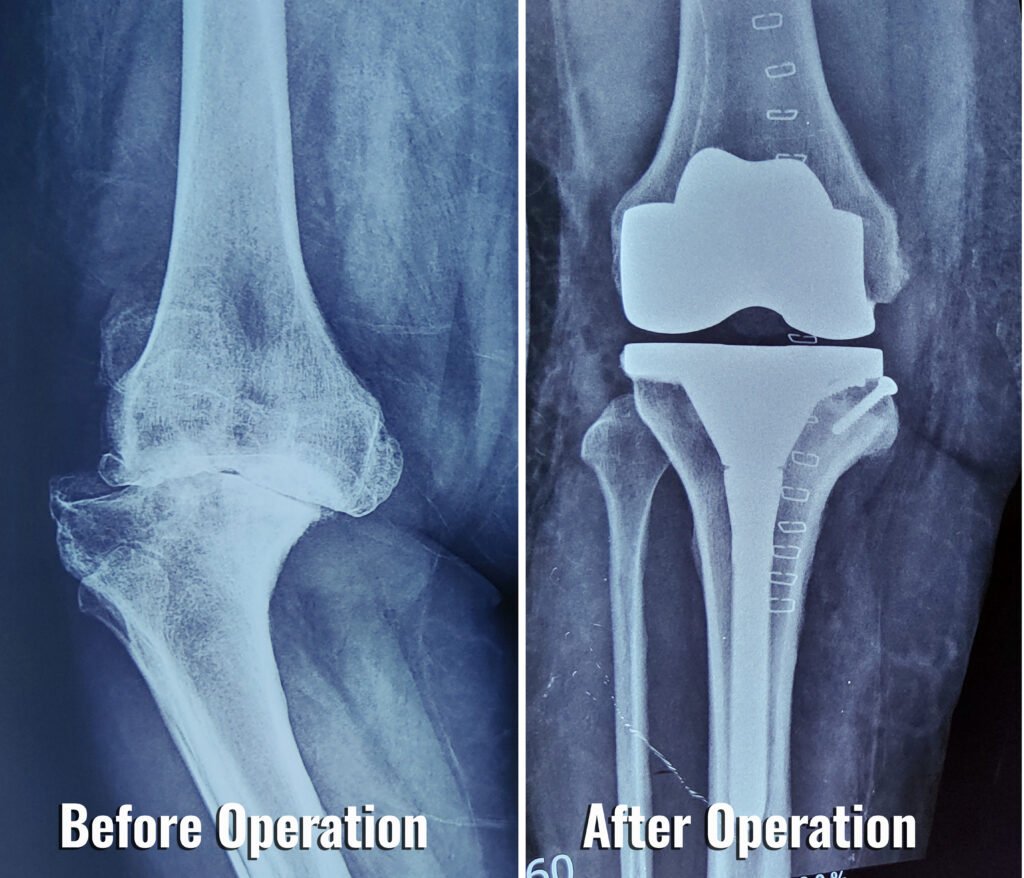As a joint replacement surgeon, I often meet patients who suffer from severe knee pain, stiffness, and limited mobility. If you’re reading this, you may already be considering knee replacement surgery but might feel hesitant. Let me share with you how Advanced Robotic Knee Replacement can help restore your quality of life, with more precision and faster recovery than traditional methods.
Why Consider Knee Replacement Surgery?
When arthritis or injury wears down the cartilage in your knee, the pain can become unbearable. Simple activities like walking, climbing stairs, or even getting up from a chair may feel like monumental tasks. Medications, physiotherapy, or lifestyle changes might help for a while, but when they no longer provide relief, knee replacement surgery can offer a long-term solution.
The main goal of knee replacement is to relieve pain, improve mobility, and allow you to return to an active life. But, like any surgery, it can feel intimidating. That’s where robotic assistance comes in, providing a level of precision and control that enhances the entire process.
What is Robotic-Assisted Knee Replacement?
Advanced robotic technology is revolutionizing the way knee replacements are performed. Unlike traditional surgery, where the surgeon relies solely on manual techniques, robotic-assisted systems help create a highly detailed, 3D model of your knee. This allows for:
- Personalized Surgical Planning: Before surgery, a 3D map of your knee is created using CT scans. This model helps your surgeon develop a customized plan for your specific anatomy.
- Increased Accuracy: The robot assists the surgeon in making precise bone cuts, allowing for better alignment of the artificial joint. This precision reduces the risk of complications and enhances the longevity of the knee implant.
- Minimally Invasive: Robotic surgery often requires smaller incisions, resulting in less damage to surrounding tissue. This means less pain post-surgery and a faster recovery.
Benefits of Robotic Knee Replacement
- Better Fit, Better Function: Robotic systems enable the surgeon to fit the new joint more precisely, leading to improved joint function and longevity. This tailored approach can lead to a more natural feel post-surgery.
- Reduced Pain and Faster Recovery: Patients who undergo robotic-assisted knee replacement often report less post-operative pain and a quicker return to daily activities. The smaller incisions and precise cuts also reduce trauma to surrounding tissues, helping you heal faster.
- Fewer Complications: With robotic precision, the risk of surgical errors is minimized. This reduces the likelihood of common complications like implant misalignment, which can lead to joint instability or uneven wear.
- Longer-Lasting Results: Robotic surgery improves the alignment and placement of the artificial knee, which can lead to longer-lasting results and better overall joint function.

Is Robotic Knee Replacement Right for You?
Robotic-assisted knee replacement is suitable for many patients suffering from osteoarthritis, rheumatoid arthritis, or traumatic injuries. It’s particularly beneficial for those who want to optimize their recovery and get back to an active lifestyle as soon as possible.
As a joint replacement surgeon, I have witnessed firsthand the life-changing benefits of advanced robotic technology. Patients who were once hesitant about surgery have seen the advantages of robotic precision, experiencing faster recovery times and greater mobility.
Take the Next Step Towards a Pain-Free Life
If knee pain is affecting your quality of life, it’s time to explore your options. Advanced robotic knee replacement offers a safe, effective, and precise solution for lasting relief. Don’t let knee pain keep you from enjoying the activities you love.
Feel free to schedule a consultation with me, Dr. Manoj Kumar Khemani, to discuss whether robotic knee replacement is the right choice for you. Together, we can find the best path forward to improve your knee health and enhance your quality of life.
 Contact: +91-8697449191 for Appointment
Contact: +91-8697449191 for Appointment











